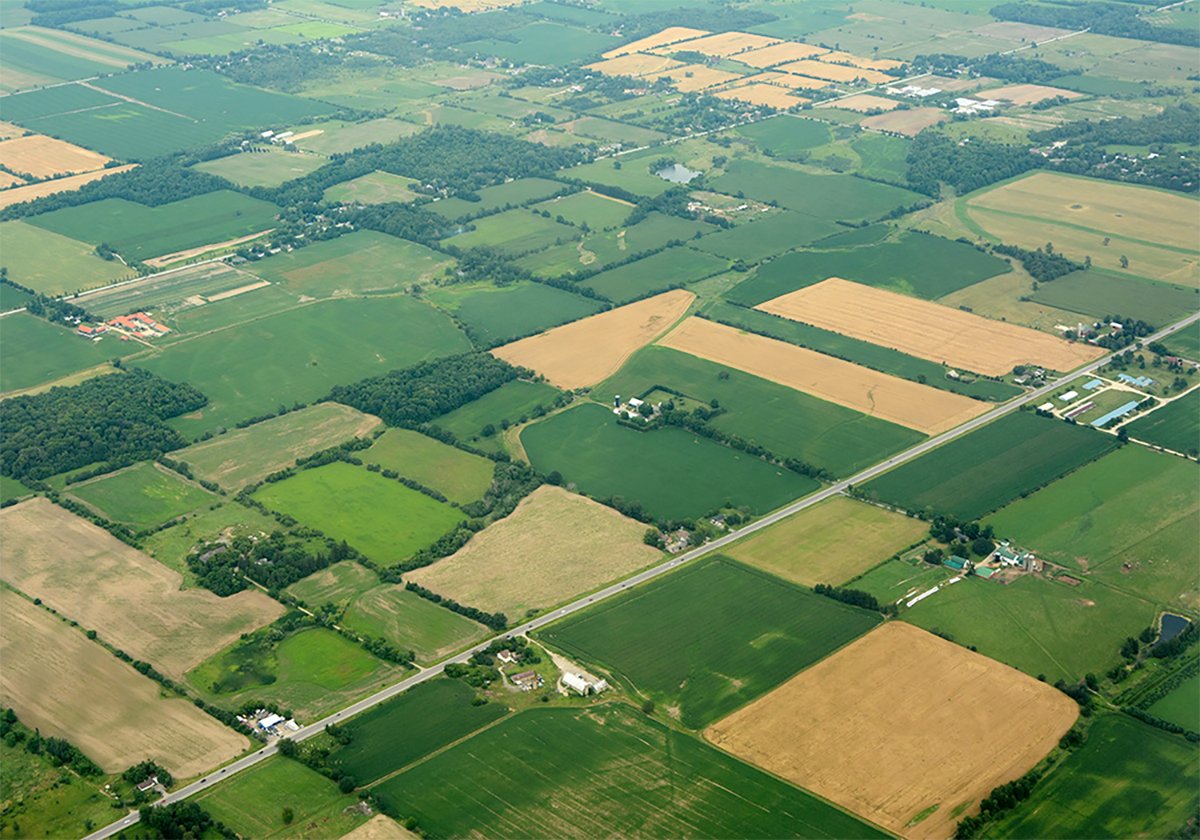The Lord’s Supper
The Sacrament of the Lord’s Supper – the Eucharist, the Mass, the Holy Communion: it has many names – has been from New Testament times the primary celebration in Christian faith. Before the Gospels were written, before Paul and the others wrote their letters, before the church took institutional form, bread and wine were being used by the followers of Jesus Christ in creative remembrance of him.
They believed that God had expressed himself in a unique and decisive way in this man whom they believed had been raised from the dead and was the living Lord of their lives.
Read Also

Higher farmland taxes for investors could solve two problems
The highest education and health care land tax would be for landlords, including investment companies, with no family ties to the land.
The Lord’s Supper came before the New Testament: the New Testament itself bears witness to that fact. But it is not simply a memorial act as we generally think of such things.
The English words “remembrance” and “memorial” do not have the full freight of meaning carried in the Aramaic and Greek words they represent. Those words pertain to the kind of remembering in which a reality from the past is somehow brought into the present, is made contemporary for those who do the remembering.
And when used with respect to the Lord’s Supper they declare that that act of worship is not, so to speak, merely a solemn wake in honor of a dead hero but, rather, a creative awareness of the living Lord.
It is this kind of remembering that makes the Sacrament the central act in Christian worship.
And it must not be seen merely as a function of the church, as the fulfillment of a duty by the church. It is the church’s distinctive way of being the church, the way in which the church creates and constantly re-creates itself.














